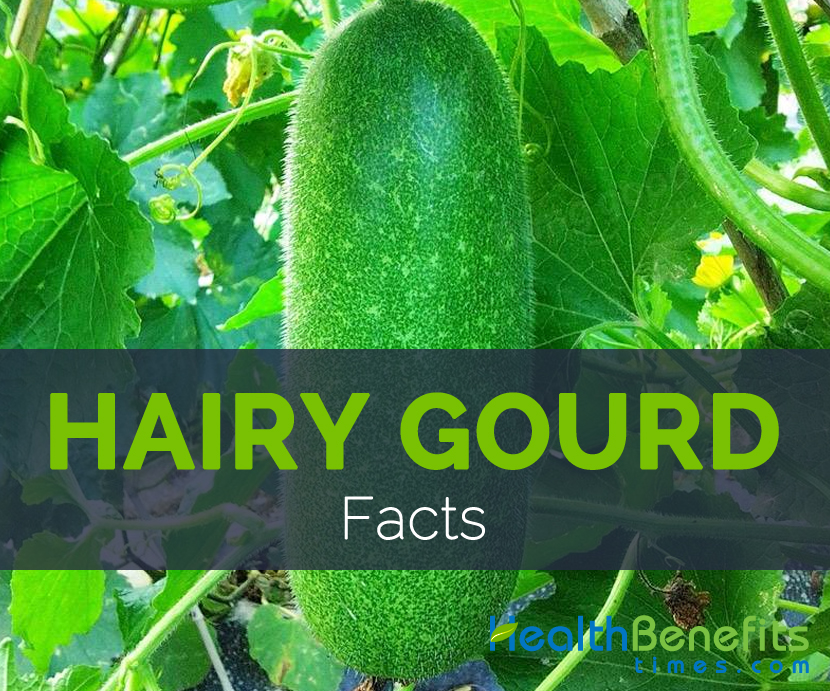
| Name | Hairy Gourd |
|---|---|
| Scientific Name | Benincasa hispida |
| Native | Origin is uncertain but Indo China and India are regarded to be the centres of greatest diversity. |
| Common/English Name | Fuzzy Gourd, Festival Gourd, Hairy Gourd, Fuzzy Melon, Jointed Gourd, Hairy Cucumber, Hairy Melon |
| Name in Other Languages | Vietnamese: Bi. Chinese : Jie Gua, Chieh Kua Thai : Faeng Malaysia : Mao Kua ( Cantonese ) Japanese : Heariimeron |
| Description | Hairy Gourd also known as Fuzzy Gourd is actually an oblong cylindrical, dumb-bell-shaped vegetable full of important nutrient, minerals and vitamins. It is used in numerous food recipes due to its delicate, almost bland taste. |
| Plant Growth Habit | Annual creeping vine with branched tendrils |
| Growing Climate | Prefers a temperate, warm climate |
| Soil | Organically rich,Fertile, medium moisture, well-drained loams |
| Stem | Thick,coarse, prominently-furrowed, hairy stems |
| Leaf | Large, roughly-textured, 5-lobed leaves (4-10″ long) |
| Flower | Bright yellow, 6–12 cm across |
| Fruit shape & size | Oblong cylindrical, dumb-bell-shaped (narrow within the center), 15–23 cm long and 5–10 cm across with roundish end and enclosed with thick, bristle-like white trichomes on the surface |
| Fruit color | Green to dark green with pale green speckles and very much smaller and lighter than the wax gourd. |
| Flavor/aroma | Mild subtle flavor somewhat like a cucumber or summer squash |
| Fruit Taste | Delicate, almost bland taste |
| Major Nutrition | Vitamin C 69 mg (76.67%) Vitamin B1 0.07 mg (5.83%) Potassium 250 mg (5.32%) Total dietary Fiber 1.7 g (4.47%) Vitamin B2 0.05 mg (3.85%) Iron 0.3 mg (3.75%) Magnesium 15 mg (3.57%) Zinc 0.2 mg (1.82%) Carbohydrate 2 g (1.54%) Protein 0.7 g (1.40%) |
| Health Benefits |
|
| Calories in 1cup (100gm) | 11 |
| Traditional Uses |
|
| How to Eat |
|
Comments
comments